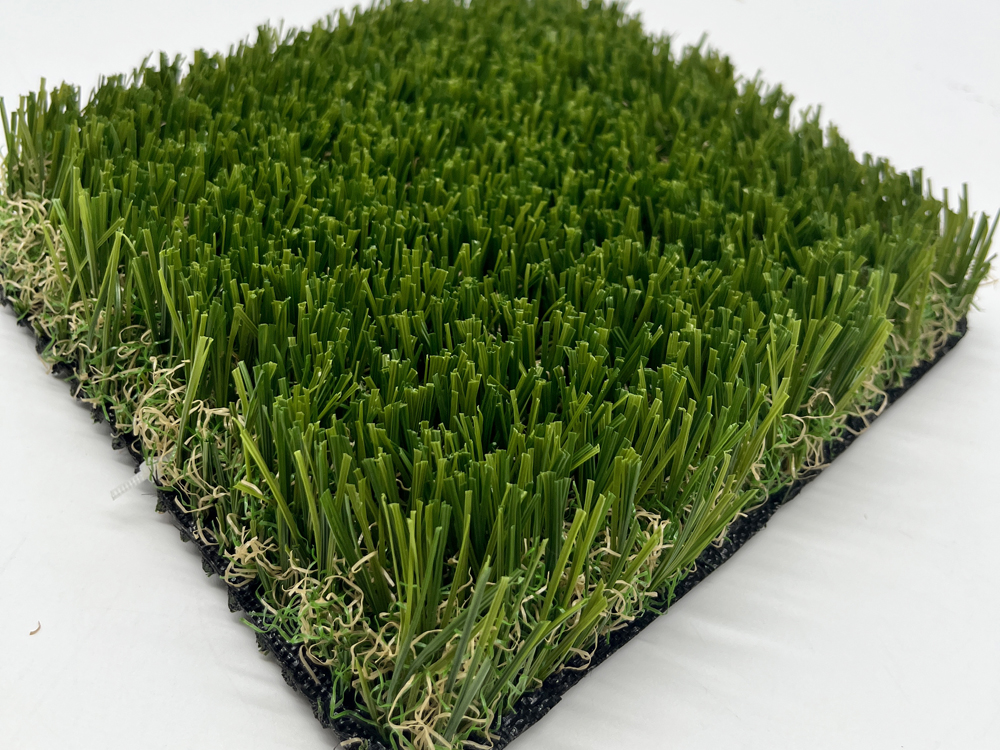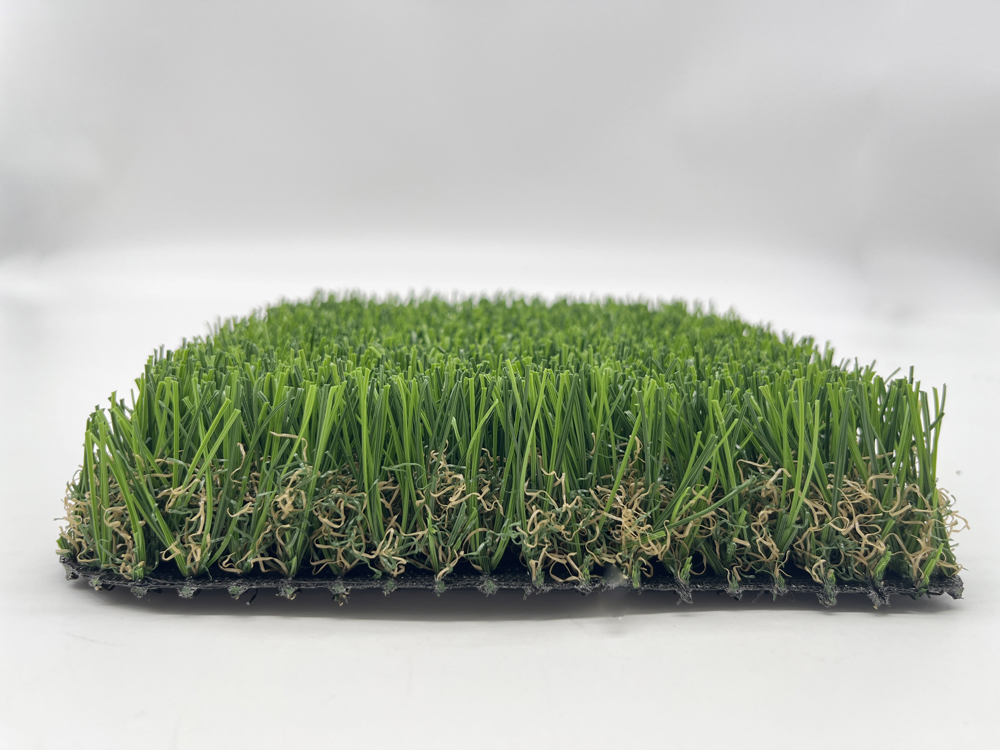Soccer coaches play a crucial role in helping their teams adapt to new playing environments, especially when transitioning from natural grass to artificial turf. Here’s a guide to assist soccer coaches in facilitating a smooth transition to an artificial grass field:



1. New Footwear Requirements:
- Recommendation: Advise players to invest in soccer shoes specifically designed for artificial turf.
- Features to Look For:
- Dense and shallow treads for better traction on synthetic grass.
- Athletic stores often carry a variety of soccer shoes suitable for artificial turf.
2. Light Initial Practices:
- Approach: Keep the first few training sessions light to allow players to adjust to the feel of artificial turf.
- Reasoning: The different response of artificial turf compared to natural grass may affect players’ footing initially.
- Progression: Gradually increase the intensity of practices as players become more accustomed to the artificial surface.
3. Pre and Post-Use Field Maintenance:
- Hosing Down the Field:
- Before Use: Thoroughly hose down the artificial grass field before practices or matches.
- After Use: Repeat the hosing down process after each session.
- Reasoning:
- Artificial turf tends to absorb and retain heat.
- Hosing down helps cool the surface and creates a more comfortable playing environment.
4. Familiarization with Surface Characteristics:
- Player Awareness:
- Make players aware of the characteristics of artificial turf.
- Highlight differences such as ball bounce, speed, and surface firmness.
5. Utilize Training Sessions for Adaptation:
- Adaptation Drills:
- Design drills specifically focused on helping players adapt to artificial turf.
- Include exercises that emphasize ball control, quick movements, and changes in direction.
6. Schedule Controlled Scrimmages:
- Purpose:
- Organize controlled scrimmages on the artificial turf to simulate match conditions.
- Allow players to practice strategies and get comfortable with the field dynamics.
7. Address Initial Discomfort:
- Open Communication:
- Encourage players to communicate any discomfort or challenges they experience.
- Address concerns promptly to ensure a positive transition experience.
8. Emphasize Positive Aspects:
- Highlight Benefits:
- Emphasize the benefits of artificial turf, such as reduced maintenance, consistent playing surface, and potential cost savings.
- Foster a positive mindset among players regarding the transition.
9. Professional Installation Assurance:
- Quality Field Installation:
- Ensure that the artificial grass field is professionally installed by experienced installers like Synthetic Grass DFW.
- Verify the presence of a robust drainage system to prevent issues with water accumulation.
By implementing these strategies, soccer coaches can guide their teams through a successful transition to an artificial grass field, promoting player confidence and performance on the new surface.
Tags
Transitioning to an Artificial Grass Field Artificial Grass Field New Footwear Requirements Light Initial Practices Pre and Post-Use Field Maintenance Player Awareness Address Initial Discomfort